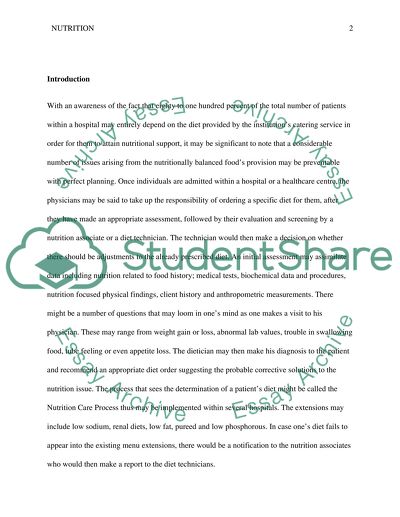Cite this document
(“A Seven Day Cyclical Menu Planinig for a Hospital Patient Research Paper”, n.d.)
Retrieved from https://studentshare.org/family-consumer-science/1450593-a-seven-day-cyclical-menu-planinig-for-a-hospital
Retrieved from https://studentshare.org/family-consumer-science/1450593-a-seven-day-cyclical-menu-planinig-for-a-hospital
(A Seven Day Cyclical Menu Planinig for a Hospital Patient Research Paper)
https://studentshare.org/family-consumer-science/1450593-a-seven-day-cyclical-menu-planinig-for-a-hospital.
https://studentshare.org/family-consumer-science/1450593-a-seven-day-cyclical-menu-planinig-for-a-hospital.
“A Seven Day Cyclical Menu Planinig for a Hospital Patient Research Paper”, n.d. https://studentshare.org/family-consumer-science/1450593-a-seven-day-cyclical-menu-planinig-for-a-hospital.


